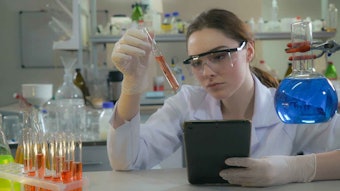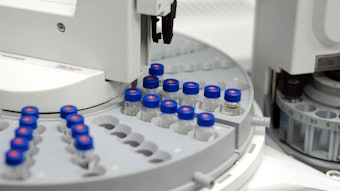Planet Earth has not always been the comfortable place that the human race has evolved to inhabit. At one time, the planet existed in an atmosphere of constant reduction. Instead of oxidative molecules like oxygen, carbon dioxide and nitric oxide, the environment contained principally hydrogen, methane, ammonia and hydrogen sulfide.
Interestingly, certain organisms were able to thrive under these conditions and these organisms evolved to anaerobically fix nitrogen, converting nitrogen gas into ammonia and nitrates. Many of these organisms still exist today. Slowly, the environment began to change and certain organisms, evolving the capability of photosynthesis, began to convert available carbonates hidden in the oceans and soils into oxygen, carbon dioxide and nitric oxide prevalent in the world today.
The world changed from one of reduction to one of combustion and oxidation. As a consequence, organisms destined to survive in this new environment had to evolve a new set of defenses to keep from incinerating in the oxygenrich atmosphere. Every organism had to evolve to resist oxidative stress and humans were no exception. The ability of humans to resist oxidative stress is fundamental to our survival. Without built-in defense mechanisms designed to combat the forces that would send our bodies up in flames, we would not be here to discuss the issue. The Second Law of Thermodynamics even suggests that our bodies would be happier in a more chaotic state.










